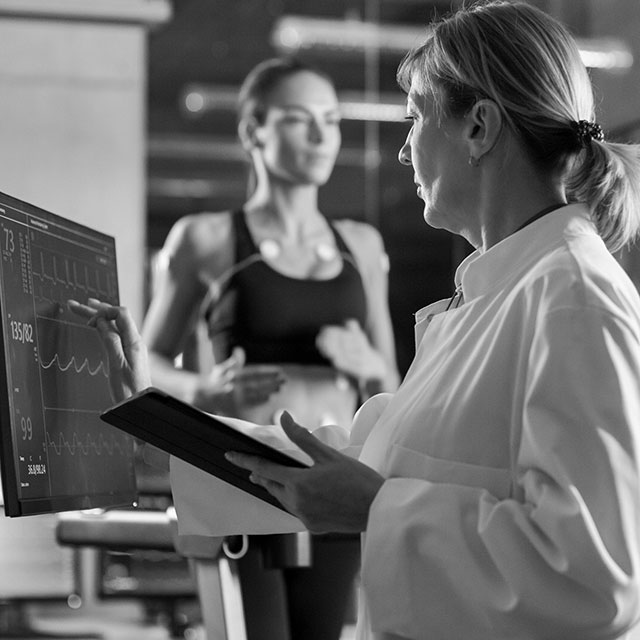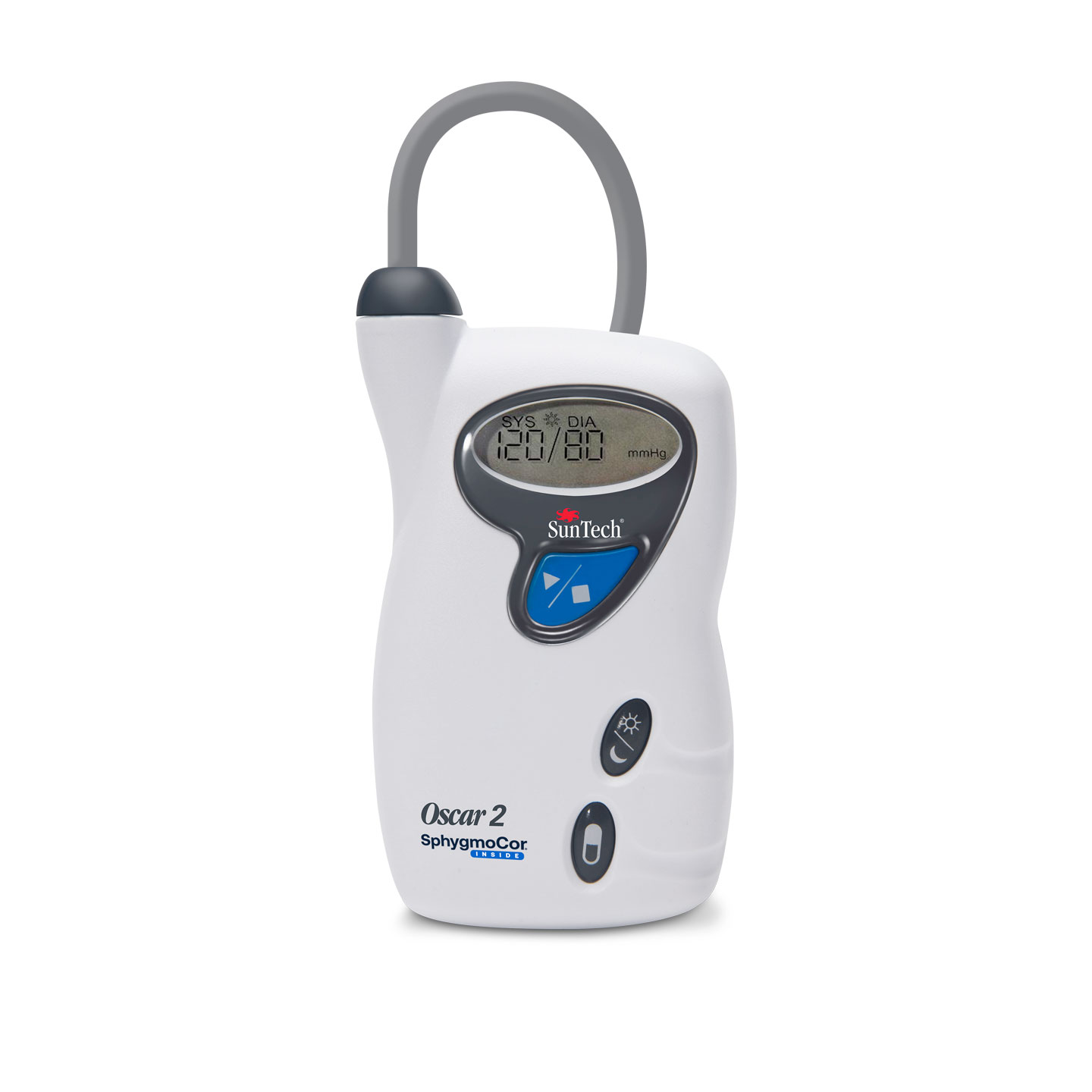Sports Medicine
Enhancing Athletic Performance and Recovery
#1
Sudden cardiac death is the leading medical cause of death during exercise in NCAA student-athletes.1
11%
of endurance athletes have a coronary artery calcium score (CAC) greater than 300.2
5X
Compared to non-athletes, endurance athletes are five times more likely to develop atrial fibrillation (a-fib).3
Cardiovascular Fitness and Arterial Stiffening Go Hand-in-Hand

Arterial Stiffness in Athletes
Optimize Cardiovascular Fitness
Vascular biomarkers are essential in optimizing athletic performance and managing recovery in sports medicine. By monitoring these biomarkers, such as arterial stiffness and central blood pressure, sports professionals can detect signs of overtraining early and tailor training regimens to enhance performance without overburdening the cardiovascular system. This early detection helps prevent injuries and allows for personalized recovery protocols, ensuring athletes recover fully before resuming intense activities. Integrating vascular biomarkers into training and recovery plans not only improves immediate performance but also contributes to long-term cardiovascular health, supporting sustained athletic success.

Utility of Vascular Biomarkers in Sports Medicine
Vascular Biomarkers Explained
Enhance Athletic Potential with Vascular Biomarkers

In-Clinic
- Comprehensive cardiovascular assessments including the status of arterial health.
- Guide rehabilitation programs with exercises and recovery protocols targeting arterial health.
- Reimbursable with CPT 93050.

At Home
- Ongoing monitoring to detect alterations in arterial functions and structure.
- Generate arterial health insights from daily activities.
- Reimbursable with CPT 9945x & 99091.

SphygmoCor® XCEL
Capture comprehensive central hemodynamics and arterial stiffness insights at point-of-care and in clinical trials.

CONNEQT Pulse
Monitor arterial health insights with ease at home and on-the-go.

Oscar 2
Gold standard in 24-hour central hemodynamics and ambulatory blood pressure monitoring (ABPM).
1 Petek BJ, Churchill TW, Moulson N, et al. Sudden Cardiac Death in National Collegiate Athletic Association Athletes: A 20-Year Study. Circulation. 2024;149(2):80-90. doi:10.1161/CIRCULATIONAHA.123.065908
2 Merghani A, Maestrini V, Rosmini S, et al. Prevalence of Subclinical Coronary Artery Disease in Masters Endurance Athletes With a Low Atherosclerotic Risk Profile. Circulation. 2017;136(2):126-137. doi:10.1161/CIRCULATIONAHA.116.026964
3 https://www.acc.org/Latest-in-Cardiology/Articles/2019/08/16/08/20/Atrial-Fibrillation-in-Competitive-Athletes


